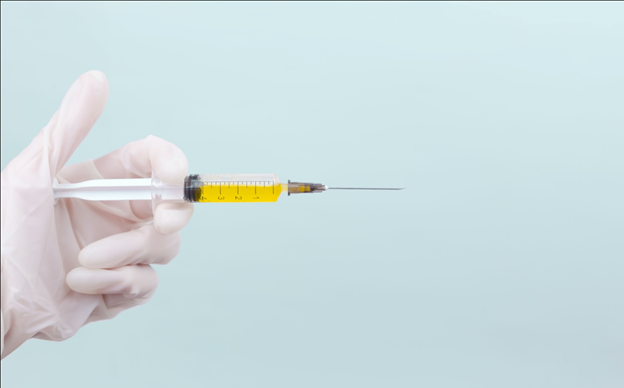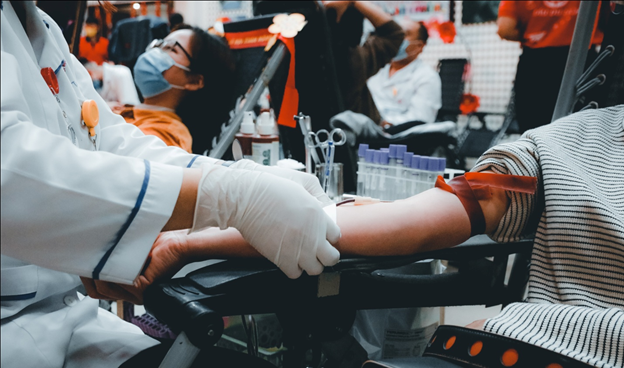The work of a phlebotomy technician is to collect blood from patients and prepare the samples for testing. Phlebotomy Instructors are crucial to providing the right guidance and skills to aspiring phlebotomy technicians.
How to Obtain Your Phlebotomy Instructor Certification Online?
The National Association of Phlebotomy Technician Professionals (NAPTP) offers a self-paced, 100% online course for those seeking a nationally-recognized Phlebotomy Instructor certification.
To register for the course and exam, click on the REGISTER option, choose your best exam or course option, click REGISTER NOW, and fill in the required details. After reading and agreeing to the terms and conditions, student acknowledgment, and disclaimer, pay the amount for your chosen option.
Once you have successfully registered for your course and exam, you can log in to your account to access your course using the email and password you provided while registering for the course and exam.
The Bonuses of Phlebotomy Instructor Certification at NAPTP
The National Association of Phlebotomy Technician Professionals or NAPTP established in 1998 as the nation’s leading organization is respected for its high-quality certification.
The certification courses at NAPTP are highly recommended for several reasons.
- It is the longest-standing Phlebotomy Certification Authority
Since 1998, it has been the only organization that has meticulously helped aspiring technicians get a national certification to work in the healthcare field.
- Has generated over 10,000 certified Phlebotomy Technicians
With a dedicated network of clinical experience partners, and 100% online certification, NAPTP has helped over 10,000 candidates get their national certification.
- Is trusted by the nation’s leading healthcare organizations
The certification is well-recognized and valued by leading healthcare organizations and hospitals, and is also accepted by other institutions such as the American Medical Certification Association (AMCA), National Center for Competency Testing (NCCT), National Healthcareer Association (NHA), and Integrated Clinical Environment (ICE).
How Much do Phlebotomy Instructors Earn?
As per ZipRecruiter statistics dated February 3, 2023, ranging anywhere between $26,500 to $98,000, the national average Phlebotomy Instructor salary in the United States (US) is estimated to be $46,200 per year which calculates to about $22 per hour. This means you will at least earn a weekly payment of $888 or a monthly income of $3,850.
It is observed that most salaries in the US are between $37,000 to about $48,500 with the high earners drawing as much as $63,500 annually. The vast variance in salaries indicates that there is much scope for advancement in wages, depending on skills, experience, and where you are.
When considering how much you can earn as a Phlebotomy Instructor it is best to look at areas that have a lower cost of living. The top five high-paying cities in the US for Phlebotomy Instructor jobs are
- Green River, Wyoming – $58,012 annually or $4,834 monthly
- Santa Clara, California – $53,922 annually or $4,493 monthly
- San Francisco, California – $52,637 annually or $4,386 monthly
- Washington, District of Columbia – $51,948 annually or $4,329 monthly
- Aristocrat Ranchettes, Colorado – $51,675 annually or $4,306 monthly
To obtain your certification please visit the NAPTP Phlebotomy Instructor Certification page.












